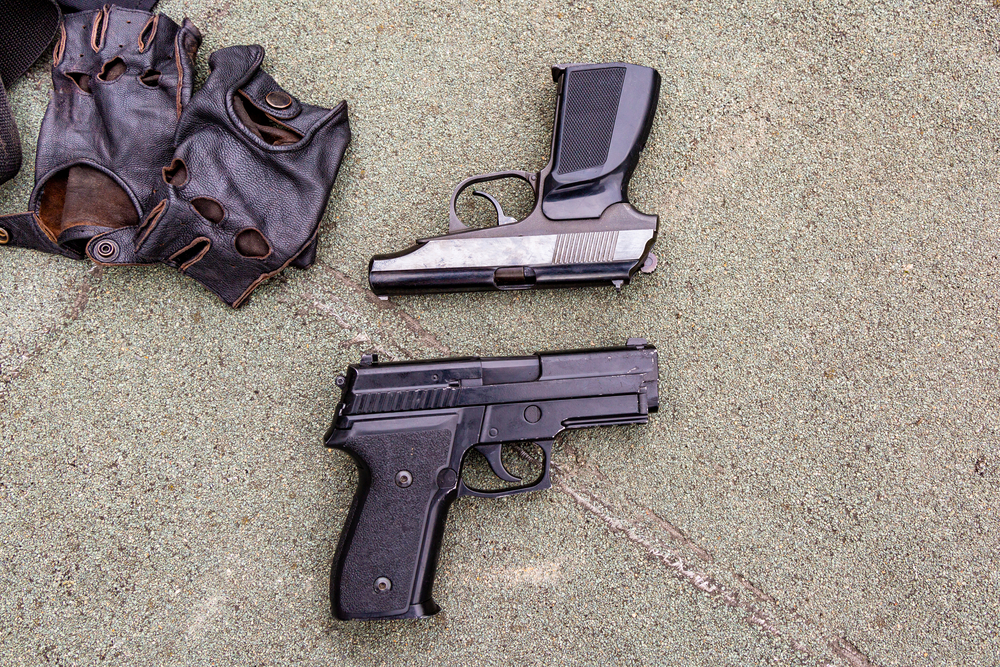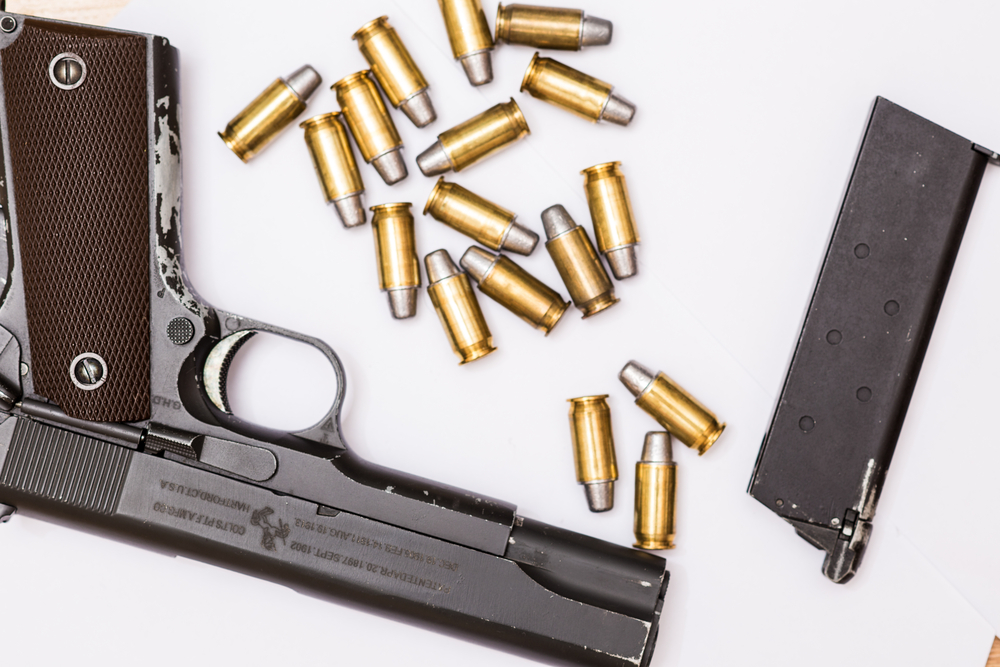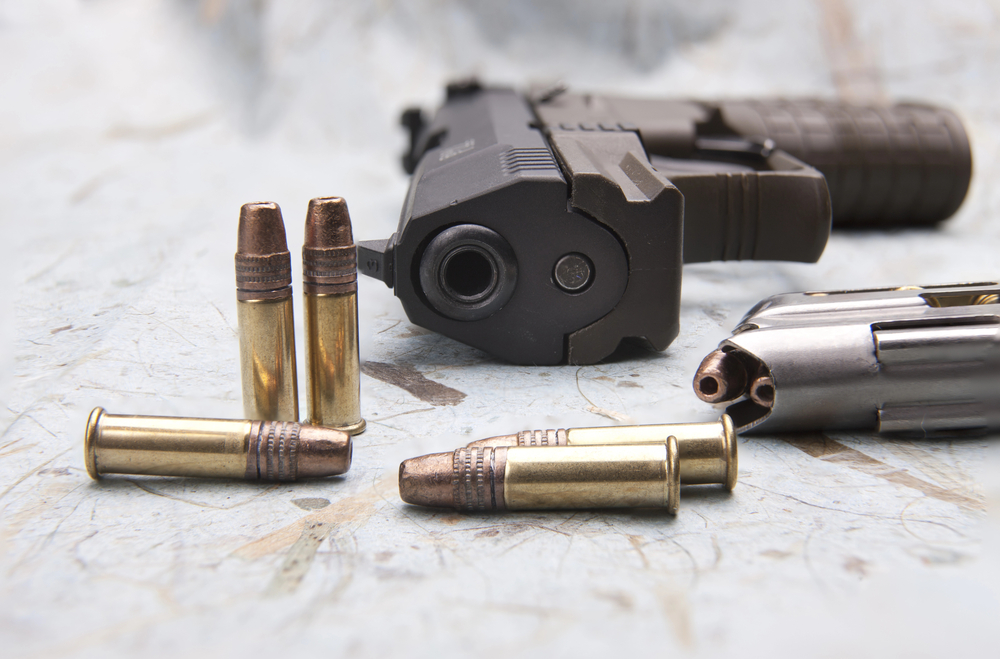
The .45 ACP (Automatic Colt Pistol) round has a storied history, deeply entwined with the evolution of firearms and military technology. Born out of necessity and perfected by the genius of John Moses Browning, the .45 ACP has served with distinction and has been revered by soldiers, law enforcement officers, and firearm enthusiasts for over a century.

In 1899, the Moro Rebellion erupted in the southern Philippines, challenging the might of the United States military forces stationed there. Armed with Colt Model 1892 revolvers chambered in .38 Long Colt, U.S. officers found themselves at a lethal disadvantage against the Moro warriors, notorious for their incredible resilience in battle. Reports of these fighters withstanding multiple rounds and continuing their assault underscored the urgency for a cartridge with superior stopping power.

This exigency led to the pivotal Thompson-LaGarde Tests of 1904, which concluded that a .45 caliber projectile had the stopping power necessary for military use. The revelation steered Colt and John Moses Browning to pivot from their development of a .41-cal. cartridge to a .45-cal. variant. By March 29, 1911, the Colt Model 1911 pistol and the .45 ACP cartridge, a round designed to match the ballistics of the venerable .45 Colt in a more compact form, were formally adopted by the U.S. Army.
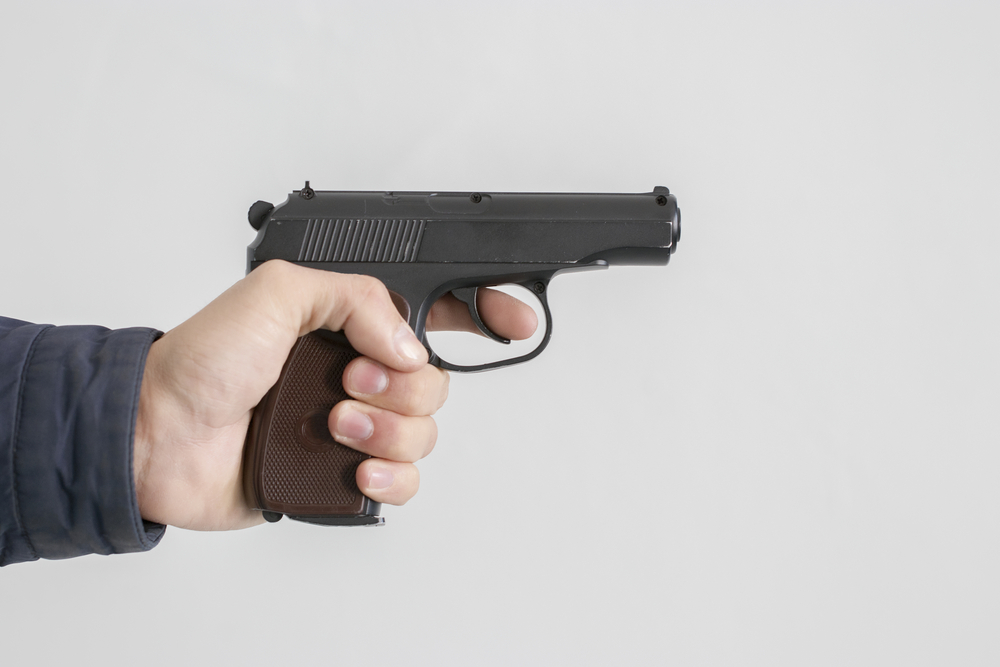
During World War I, the immediate success of the .45 ACP cartridge was evident, with demand outstripping supply and prompting the use of large-frame revolvers chambered for the .45 ACP utilizing “half-moon clips.” The cartridge’s simplicity and intrinsic accuracy, capable of putting an assailant down with a properly placed 230-grain bullet, earned it an almost immediate legendary status.

“The 45 ACP was the first cartridge adopted by the U.S. military for an automatic pistol,” and its design catered for a world transitioning to automatic firearms. The round and the M1911 handgun enjoyed a remarkable 74-year tenure as the U.S. military’s primary sidearm, only being replaced by the 9mm cartridge and the Beretta M9 pistol in 1985. Even after retirement from primary military use, the .45 ACP has retained its popularity, with continued use in certain military circles and widespread adoration in the civilian market.
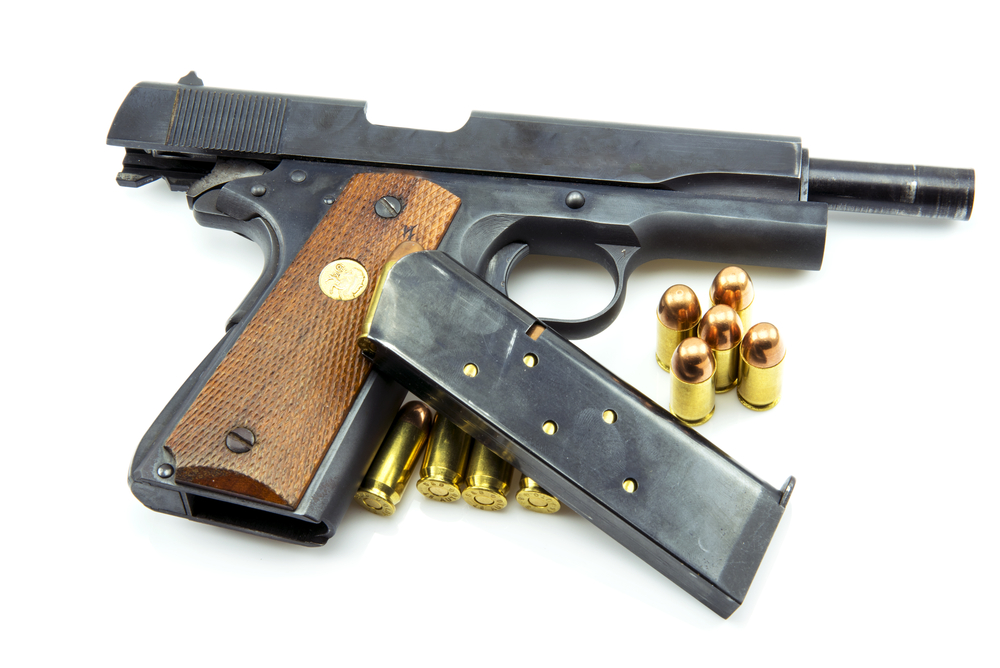
The cartridge’s reliable performance, even when considering the shifting trends towards high-velocity, smaller-caliber rounds, has ensured its ubiquity. Whether chambered in an M1911 pistol or submachine guns like the Thompson and the Grease Gun, the .45 ACP has remained a top choice for many due to its formidable stopping power and subsonic capabilities, making it ideal for suppressed use.

Handloading the .45 ACP remains straightforward, and factory ammunition offers a plethora of choices, “ranging from lightweight hollow points to monolithic solids.” The .45 ACP’s trajectory, likened to that of a rainbow, speaks to its unique characteristics in the realm of pistol calibers. While the debate between the 9mm and .45 ACP continues, the latter’s heavy, slow-moving projectile has a charm and a thudding impact that continues to delight shooters.
related images you might be interested.
